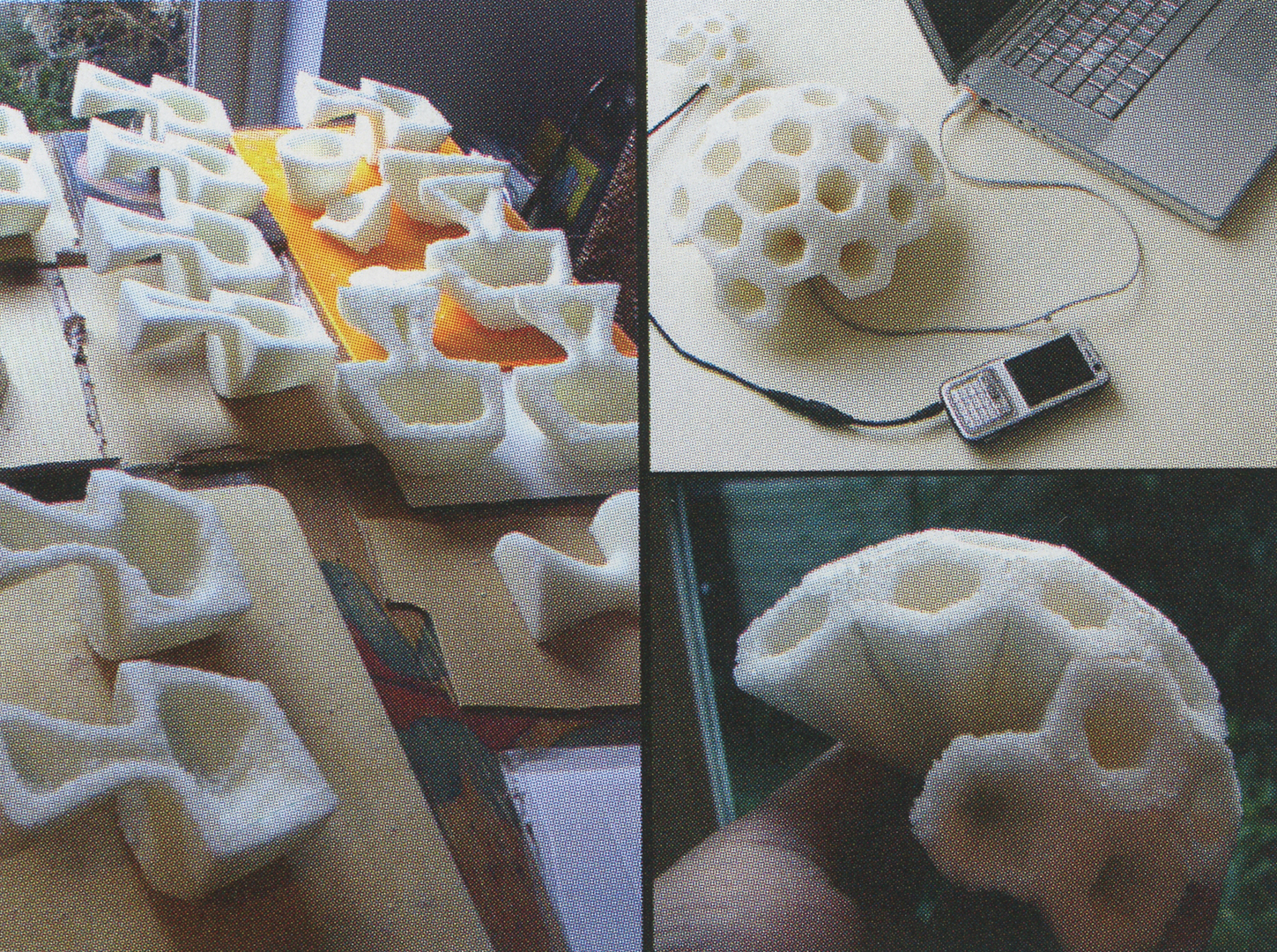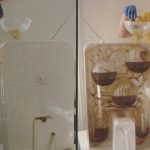Anab Jain, Alex S. Taylor: Life and Death of Energy- Autonomous Devices
Notice: Pod Template PHP code has been deprecated, please use WP Templates instead of embedding PHP. has been deprecated since Pods version 2.3 with no alternative available. in /data/siggraph/websites/history/wp-content/plugins/pods/includes/general.php on line 518
Artist(s):
Title:
- Life and Death of Energy- Autonomous Devices
Exhibition:
- SIGGRAPH 2008: Slow Art
-
More artworks from SIGGRAPH 2008:
Notice: Array to string conversion in /data/siggraph/websites/history/wp-content/plugins/siggraph-archive-plugin/src/next_previous/source.php on line 345

Notice: Array to string conversion in /data/siggraph/websites/history/wp-content/plugins/siggraph-archive-plugin/src/next_previous/source.php on line 345

Creation Year:
- 2008
Category:
Artist Statement:
Technology is often touted as the solution to a host of problems, not least our over-reliance on fossil fuels and the spectre of global warming. But what will it be like to live with the emergent technologies that are being devised to combat these threats? It seems the proposed solutions, and especially the more experimental and speculative, have the potential to alter our relationships with technology (sometimes radically). Take, for example, some of the efforts to rethink the production and consumption of power. These proposals not only move us away from consuming oil, coal, gas, and the like. They also allude to machines that will operate at a very different pace and rhythm because of their energy-production cycles. This installation encourages audiences to consider one such alternative to power production, namely microbial fuel cells (MFCs) and, in doing so, encourage reflection on a broader class of so-called “energy autonomous” technologies.
MFCs rely on the breakdown of organic material by a microbial substrate and production of an electrical charge via this process. The organic material might be a simple compound (for example, sugar or something more complex such as fruit, vegetables, or even insects). The substrate can consist of sludge similar to that found in the common pond.
Our installation presents a range of artifacts and media designed to encourage questions and debate around the developments in energy autonomous systems and their use. One collection of artifacts consists of three electricity-producing objects designed to be fueled using sugar (Fig. 1). These sugar-based objects provoke questions about our relationship with power sources that contain living microbes, but that have a fixed life span.
Another of our designs considers the production of electricity by incorporating the cells into a radio appliance (Fig. 2). Unlike the sugar-based cells, the radio is designed to run on cells that will last indefinitely, so long as they are supplied with organic material. This promised longevity of power supply is one of the distinctive features of MFCs. Our radio is designed to use a microbial substrate that will break down most organic material, including complex materials. Through this process, the microbial substrate is conditioned over time to operate most efficiently with particular sources of energy. This conditioning is related, in part, to the history of the materials the cells are supplied with. Thus the radio’s life cycle and performance interleaves with its usage patterns and the timeframe of use, both expanding well beyond the immediate interactions one has with the radio.
Other Information:
Figure 1
When contained in a fuel cell and fed with metabolized sugar, a micro-organism, rhodoferax ferrireducens, produces an electrical current. The current is produced as the electrons freed in the process accumulate on an electrode in the fuel cell. Based on this principle, we have designed a series of power-generating objects made of sugar. The objects contain the current-producing microbes and produce a charge when carbon electrodes are inserted into them. Rather than existing as static things, these sugar objects slowly evolve and change shape as the microbes inside metabolize the sugar. This figure shows the objects being made and how they might be used.
Figure 2
This large-scale radio is a design for a conceptual appliance. The radio contains several microbial fuel cells that generate an electrical charge to power the appliance. The radio is large so as to incorporate the required cells to produce a sufficient charge. The funnel at the top of the radio is used for feeding the cells’ microbes with rotten food, insects, and most other forms of naturally occurring organic material. The pot at the bottom end of the radio’s digestive system collects any waste, which in turn can be used to feed plants. The view of the rear of the radio shows how the cells contain a microbe-rich sludge, and how the organic matter used to feed the microbes can pass along and be recycled through the system.








